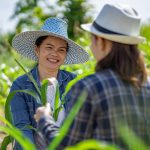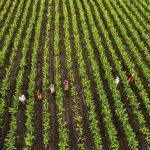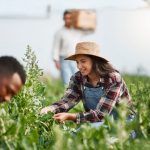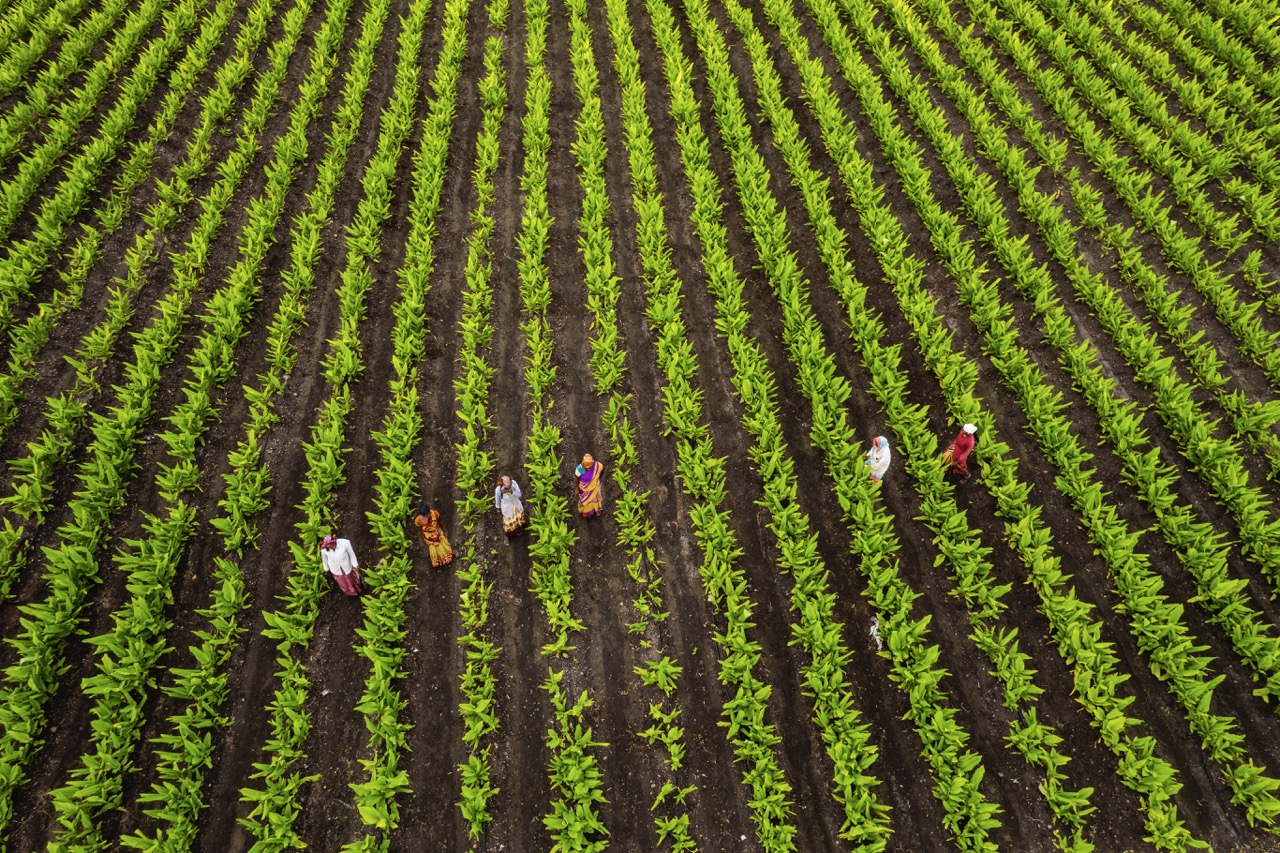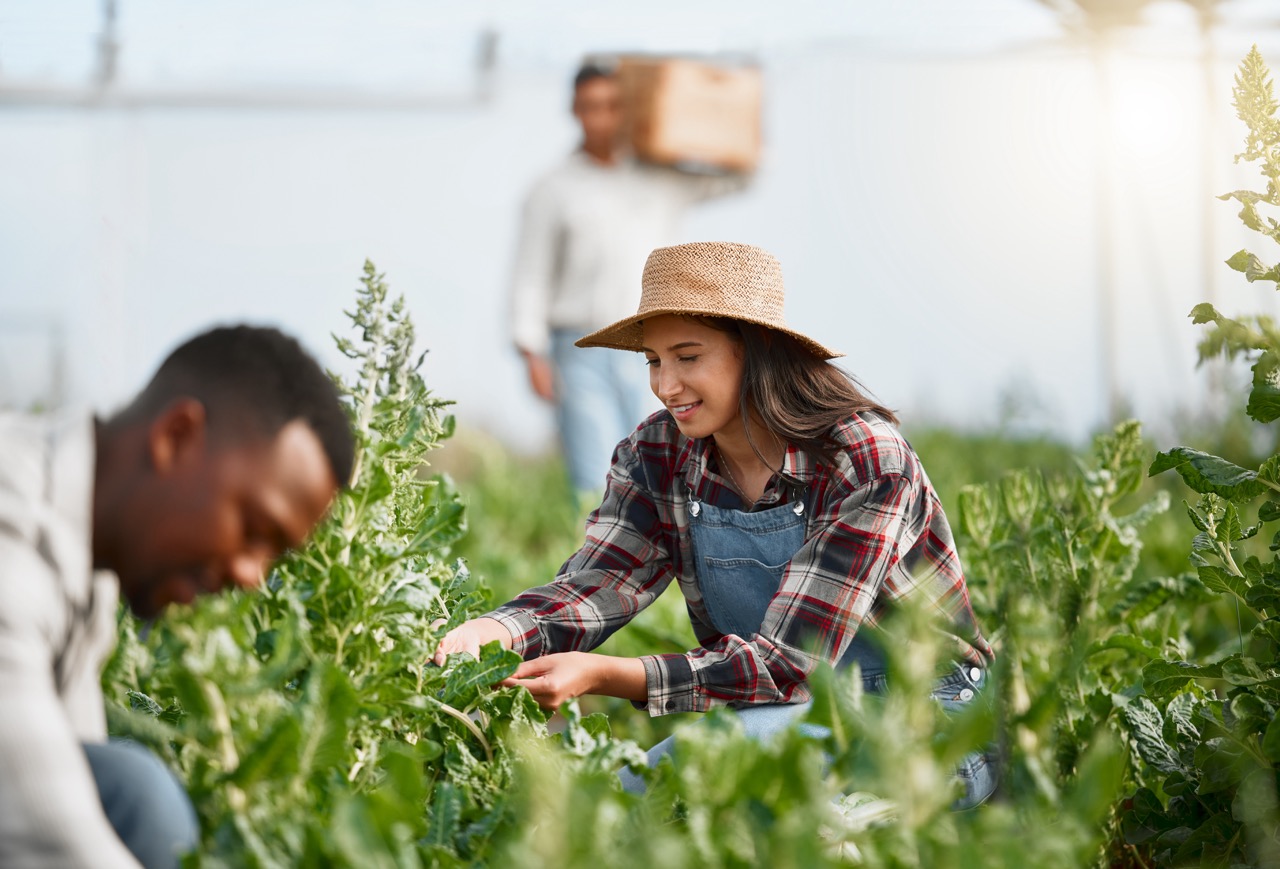In the quest for healthier food systems and sustainable agricultural practices, sharecropping emerges as an innovative model that not only supports local economies but also encourages better food choices. Rooted in a history that dates back to post-Civil War America, sharecropping allows landowners to lease their land to farmers who, in return, share a portion of the crop yield. This collaborative approach has the potential to enhance food production while promoting the cultivation of nutritious crops. As communities increasingly seek ways to address public health concerns related to diet and food access, leveraging sharecropping can be a strategic avenue for fostering healthier food choices.
Understanding Sharecropping’s Role in Food Production
At its core, sharecropping represents a partnership that enables farmers—especially those from marginalized backgrounds—to access land and resources needed to grow food. This model simplifies the entry barriers for new and experienced farmers alike, allowing them to focus on sustainable practices and crop diversity. Sharecroppers often cultivate a variety of crops, which can lead to a more resilient food system that is less reliant on monocultures. Consequently, this diversification supports dietary variety, providing communities with access to a broader range of nutrients.
Moreover, sharecropping can enhance local food sovereignty by empowering communities to grow their own food rather than relying on industrial agriculture. This shift allows for the cultivation of culturally relevant and nutrient-rich crops. By supporting local farmers and ensuring that food production is aligned with community preferences, sharecropping helps to create a food landscape that reflects the needs and tastes of its population. As a result, these communities can enjoy healthier food options that promote better overall health outcomes.
However, the role of sharecropping extends beyond mere food production. It acts as a catalyst for education and awareness around sustainable agriculture and healthy eating. Sharecropping arrangements often include educational programs that teach farmers about nutrition, crop selection, and sustainable farming practices, thereby creating a more informed agricultural community. This educational component can further amplify the positive health impacts generated through locally produced, nutritious food.
Benefits of Sharecropping for Local Food Systems
One of the primary benefits of sharecropping is its ability to strengthen local food systems by fostering economic resilience. By enabling local farmers to grow food for their communities, sharecropping encourages a circular economy where profits are maintained within the local area. This localized approach not only creates jobs but also helps to reduce food transportation costs and carbon footprints. As local food systems become more robust, communities can better respond to food insecurity and fluctuations in food prices, ensuring that healthier options are consistently available.
In addition, sharecropping promotes ecological sustainability by encouraging the use of organic farming methods and crop rotation. Sharecroppers are often invested in the land they cultivate, leading them to adopt practices that enhance soil health and biodiversity. These sustainable practices are not only good for the environment but also lead to the production of healthier food options devoid of harmful pesticides. As consumers become more aware of the benefits of organic produce, sharecropping can play a crucial role in meeting this growing demand.
Furthermore, sharecropping can enhance community engagement around food and health. By involving residents in the agricultural process, there is an opportunity for collective decision-making regarding crop selection and production methods. This can pave the way for initiatives such as community-supported agriculture (CSA) programs, where community members commit to supporting local farmers by purchasing shares of the harvest. Such arrangements not only provide a stable income for farmers but also foster a sense of community and shared responsibility for food choices.
Strategies to Promote Healthier Choices through Sharecropping
To effectively leverage sharecropping as a means to promote healthier food choices, community organizations can develop partnerships with local sharecroppers to create educational programs about nutrition and cooking. These initiatives can empower individuals to make informed decisions about their diets, encouraging them to incorporate more locally-grown produce into their meals. Workshops or cooking classes that focus on utilizing seasonal crops can stimulate interest in healthier eating habits while simultaneously promoting local agriculture.
Another strategy involves the establishment of farmer’s markets and produce stands that feature sharecropped goods. By providing direct access to fresh fruits and vegetables, these markets not only support local farmers but also make healthy food more accessible to community members. Integrating educational signage about the health benefits of various crops can further motivate consumers to explore their options and make better food choices. This direct connection between farmers and consumers builds trust and fosters a culture of health-conscious eating within the community.
Finally, promoting sharecropping through social media and community events can increase awareness and support for local farmers. Campaigns that highlight the health benefits of consuming locally-grown produce, such as increased freshness and reduced environmental impact, can resonate with health-conscious consumers. Engaging local chefs to create recipes using sharecropped ingredients can also showcase the versatility and appeal of these foods, inspiring residents to prioritize healthier choices in their diets.
Case Studies: Successful Sharecropping Health Initiatives
One notable example of leveraging sharecropping for health initiatives is the "Urban Sharecropping" project in Detroit, Michigan. This initiative connects urban residents with underutilized land to cultivate crops that are both culturally relevant and nutritionally dense. The program has successfully provided fresh produce to low-income neighborhoods, addressing food deserts while educating participants about sustainable agriculture. As a result, community members have reported improved health outcomes and increased knowledge about healthy eating.
In another instance, the "Community Farm Alliance" in Kentucky has implemented a sharecropping model that focuses on empowering marginalized farmers, particularly women and minorities. By providing access to land and resources, the alliance has seen a significant increase in the production of healthy foods such as fruits and vegetables. Through collaborations with local health organizations, they have initiated programs that promote the consumption of produce grown by sharecroppers, resulting in improved dietary habits among participants and an uptick in community health awareness.
Lastly, the "Food Farm" program in California showcases how sharecropping can effectively promote healthier choices through community engagement. This program partners with local schools to establish sharecropped gardens where students actively participate in growing their food. The educational component has proven invaluable, as it not only teaches children about nutrition and the importance of local food systems but also cultivates a lifelong appreciation for healthy eating habits. The success of the program highlights the powerful role of sharecropping in shaping the food landscape of a community.
In summary, sharecropping presents a unique opportunity to promote healthier food choices while bolstering local economies and fostering sustainable agricultural practices. By understanding its role in food production, recognizing the benefits for local food systems, and implementing targeted strategies, communities can effectively leverage sharecropping to enhance public health. The success of various initiatives demonstrates the potential for this model to address food insecurity and dietary challenges while creating a more resilient and health-conscious society. As we navigate the complexities of modern food systems, sharecropping stands out as a viable solution that deserves further exploration and support.
